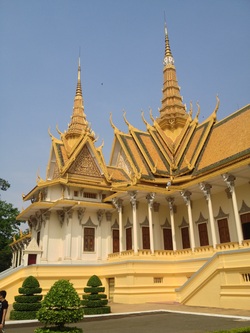 Royal Palace, Phnom Penh
Royal Palace, Phnom Penh Cambodia feels like one of the final frontiers. In the tourism triathlon it is lagging behind, bending over out of breath, watching mournfully as its neighbours disappear over the horizon, racing ahead.
Or is it? Isn’t it the wise tortoise, who takes everything in its stride, and watches with wise old eyes as its fellow runners compete and jostle for positions with tourists, nodding sagely and taking notes at the mistakes that they have made.
Which is the path to the winning line: running blindly, learning from the potholes you fall into? Or pausing every now and then to learn from the falls of others?
Cambodia is not about to lose its charm in the impending tourism trends and influx of travellers, trying to find innocence before it’s lost forever. Cambodia is brushing the dirt off its knees after decades of colonial rule and Khmer Rouge repression. It’s finding its own identity, based on the principles of sustainability.
Cambodia is a short flight from Singapore, and therefore an easy weekend trip. The Angkor Wat temples are a popular destination for city slickers seeking a rustic escape. This month they featured on Google Earth, drawing even more attention to these iconic landmarks.
If you’re looking for a quick cultural escape, Angkor Wat might be your favoured destination. But what if you’re looking for a longer break. What about it you have grandparents and young children in tow?
We started our eight-day trip in Phnom Penh. You can easily get to grips with the capital with a visit to the Royal Palace, which is right in the city’s heart. There are manicured gardens to wander around, temples to reflect in and royal artifacts to view. The golden roofs, intricate architecture and mosaic tiles all offer an illusion of grandeur, however it is in stark opposition to one of the most visited locations – the Tuol Sleng Genocide Museum (S-21 Prison).
This converted school was used to house opponents of the Khmer Rouge regime in the 1970s. Viewing old black and white photographs of the inmates, their cells and the weapons used on them, you begin to feel aloof and detached as if you are looking at pictures from the Second World War. Then, with a sudden sickening realisation, you remember that these crimes affected people of our generation, and the scars are still open and festering. The Killing Fields are still soaked in blood. A word of warning – this museum is not suitable for children.
Cambodian’s are very aware of the issues in their own country. And there are some startling statistics. According to Daughters of Cambodia, which offers employment and rehabilitation through handicraft boutiques and cafes, one in 40 Cambodian girls is sold into the sex trade. 90% of these girls are sold by their own families. Organisations such as Daughters are trying to break the cycle of rape, abuse and debt. And it’s one uplifting story of many.
In the tourism triathlon, Cambodia is trying to run a different race to its neighbours. With an influx of tourists you might expect large hotel chains to be springing up left, right and centre. You can find the big brands, but you can also find hidden havens that offer a sanctuary from the noisy roads and persistent tuk tuk drivers. These boutique hotels pride themselves in being able to offer something different; a local cuisine restaurant, a beautiful swimming pool or a relaxing spa.
Cambodia is running its own race, and it will be the winner.
The practical bit: Phnom Penh
Where to stay:
The Plantation Urban Resort and Spa, #28, Street 184. A 70-room hotel in a perfectly central location next to the Royal Palace and National Museum.
Where to shop:
Daughters’ Boutique Shop: changing the lives of victims of trafficking. #65EO, Street 178, www.daughtersofcambodia.org
Where to eat:
Friends: a training restaurant for former street youth, #215 , Street 13, www.mithsamlanh.org
Foreign Correspondent’s Club: an intuition in its own right, 363 Sisowath Quay, www.fcchotels.com
Bubbles tea & ice-cream: a welcome rest stop to gather your thoughts after a visit to the Tuol Sleng Genocide Museum

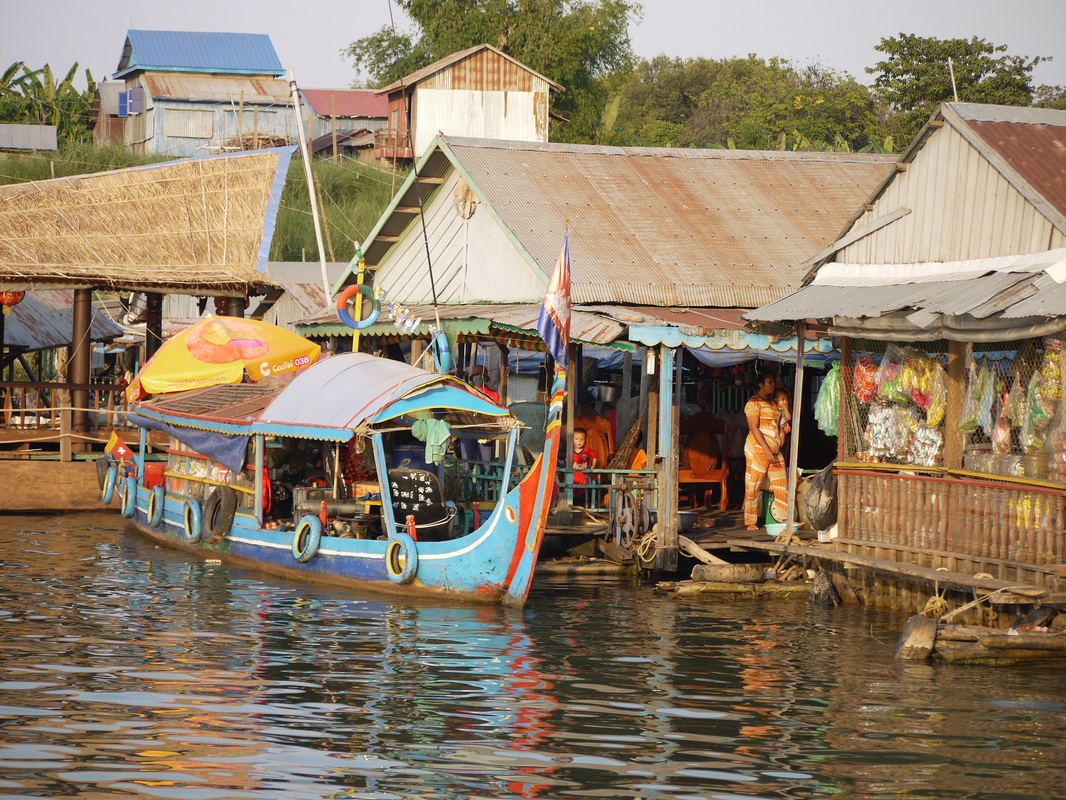
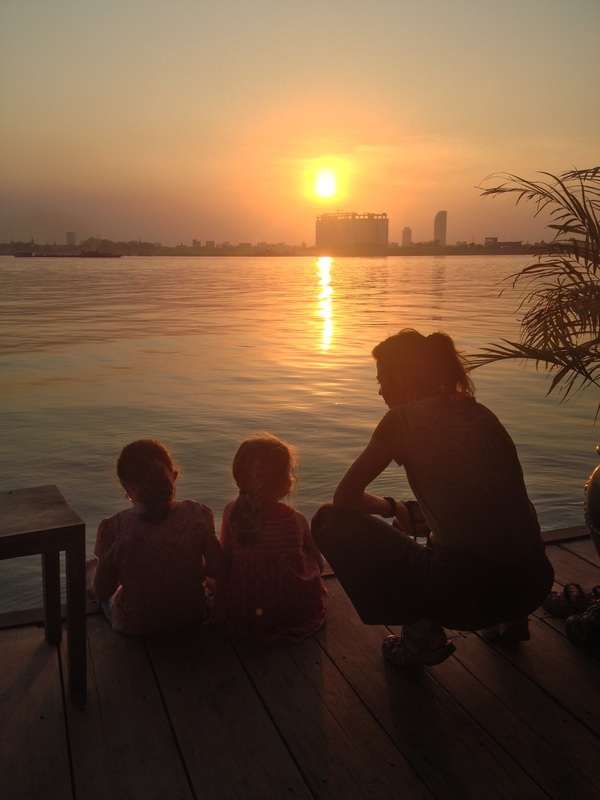
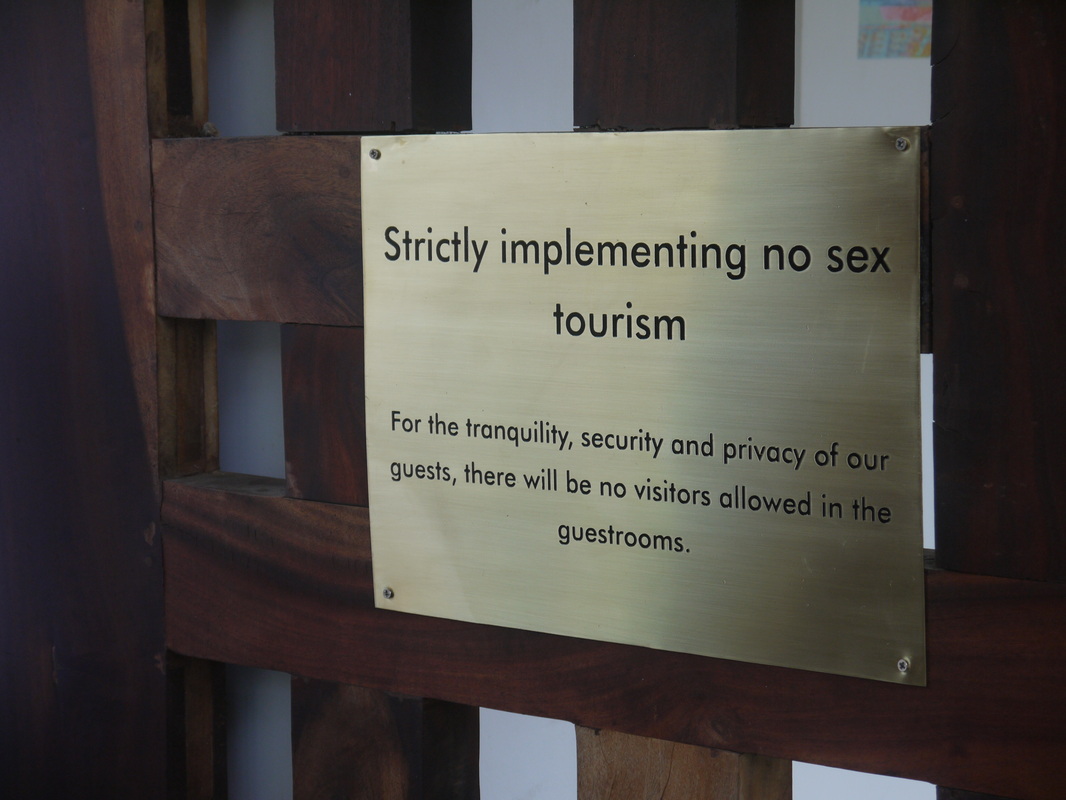
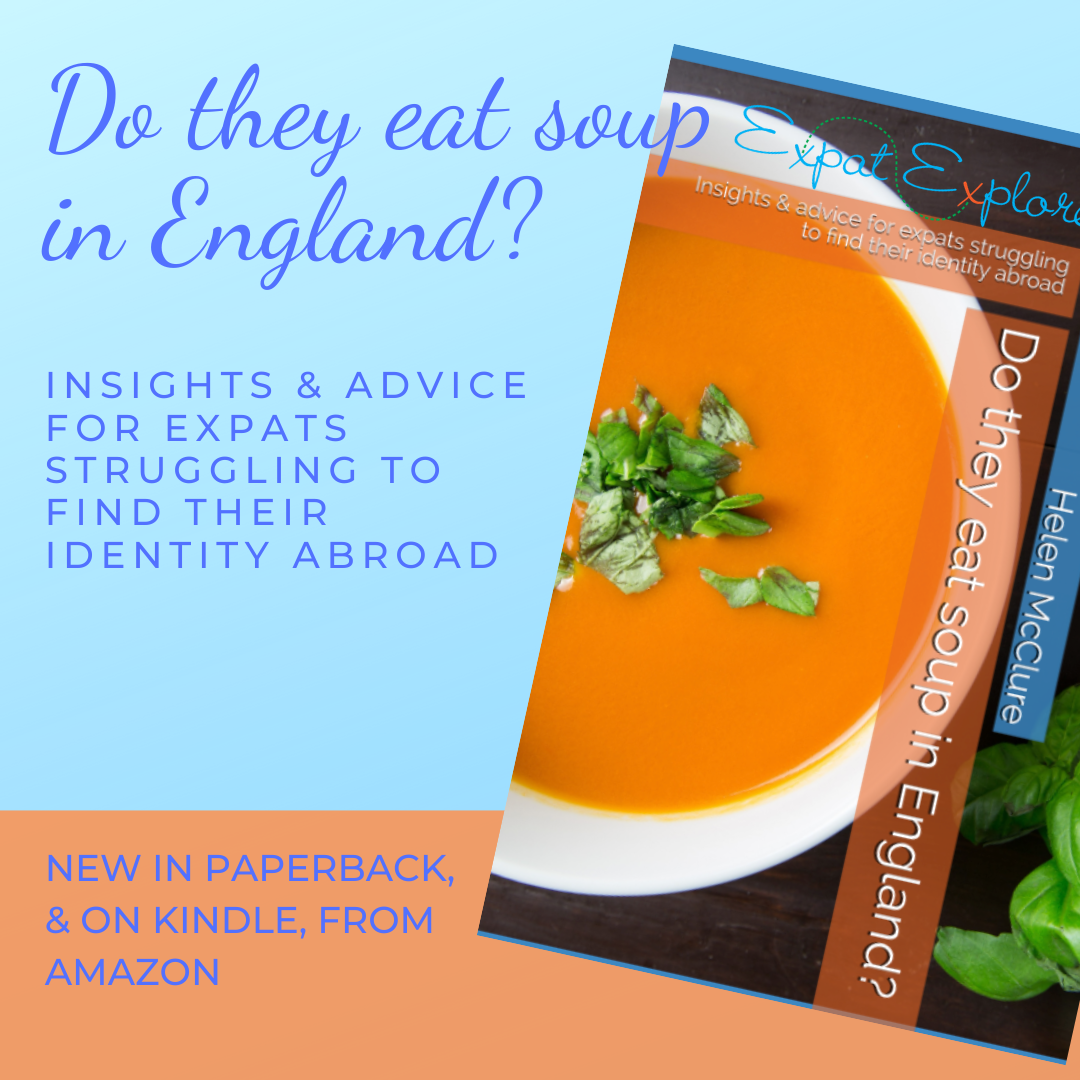

 RSS Feed
RSS Feed
